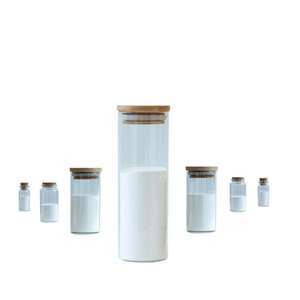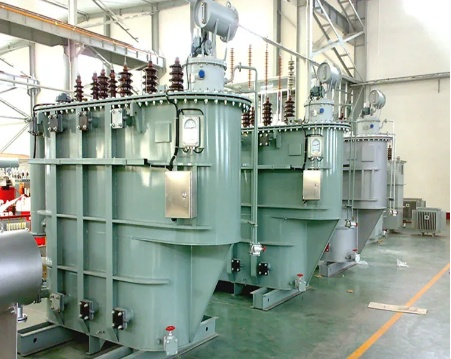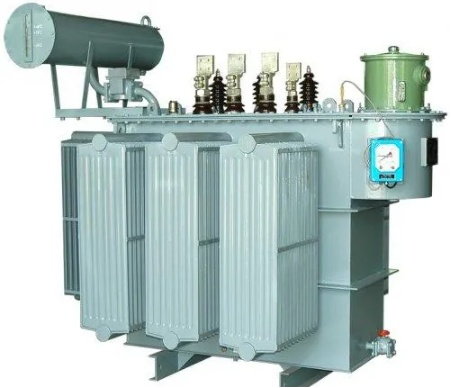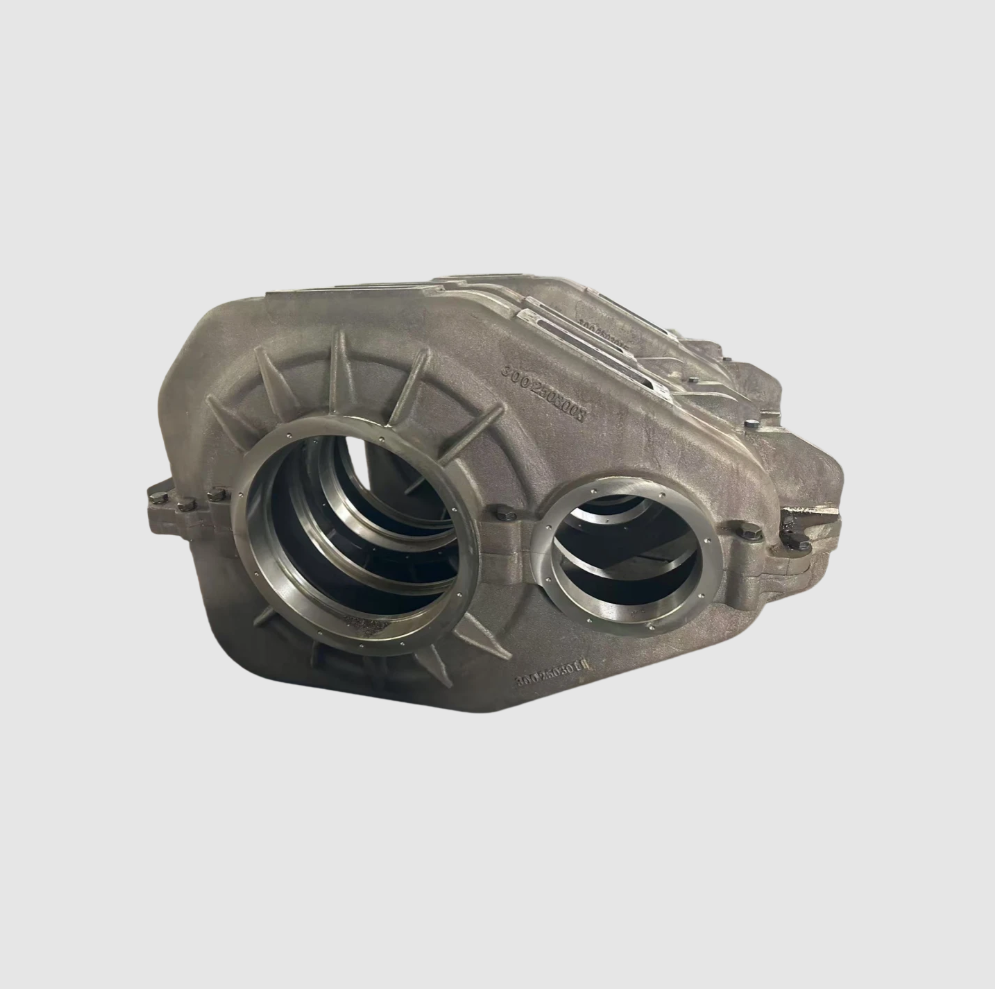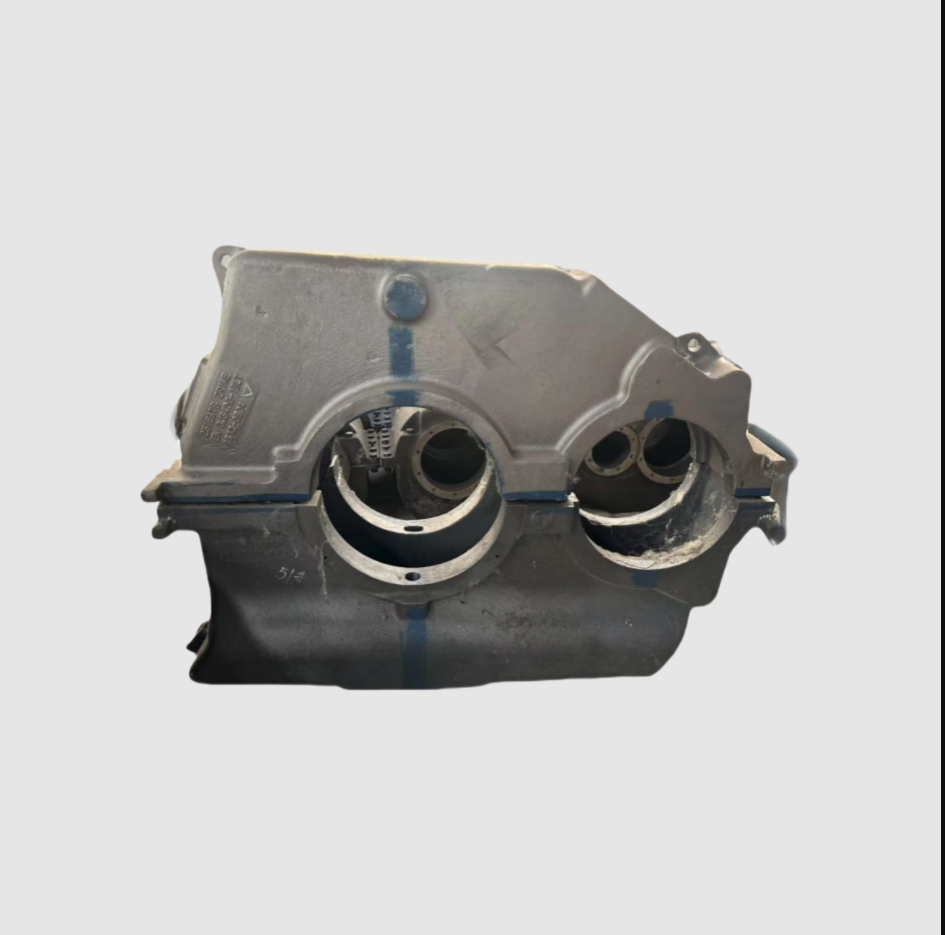1. Chemical Composition and Colloidal Structure
1.1 Molecular Style of Zinc Stearate
(Ultrafine zinc stearate emulsion)
Zinc stearate is a metallic soap created by the reaction of stearic acid– a long-chain saturated fatty acid (C ₁₇ H ₃₅ COOH)– with zinc ions, leading to the compound Zn(C ₁₇ H ₃₅ COO)TWO.
Its molecular structure contains a main zinc ion collaborated to two hydrophobic alkyl chains, producing an amphiphilic character that allows interfacial task in both liquid and polymer systems.
Wholesale form, zinc stearate exists as a waxy powder with reduced solubility in water and most organic solvents, restricting its direct application in uniform formulations.
However, when refined into an ultrafine emulsion, the bit dimension is decreased to submicron or nanometer scale (commonly 50– 500 nm), significantly boosting surface and dispersion performance.
This nano-dispersed state boosts reactivity, wheelchair, and interaction with surrounding matrices, unlocking remarkable performance in industrial applications.
1.2 Emulsification Device and Stablizing
The prep work of ultrafine zinc stearate solution involves high-shear homogenization, microfluidization, or ultrasonication of liquified zinc stearate in water, aided by surfactants such as nonionic or anionic emulsifiers.
Surfactants adsorb onto the surface area of distributed droplets or particles, reducing interfacial stress and preventing coalescence with electrostatic repulsion or steric limitation.
Usual stabilizers include polyoxyethylene sorbitan esters (Tween collection), salt dodecyl sulfate (SDS), or ethoxylated alcohols, chosen based upon compatibility with the target system.
Phase inversion methods may likewise be utilized to achieve oil-in-water (O/W) emulsions with slim bit size circulation and long-lasting colloidal stability.
Properly created solutions continue to be secure for months without sedimentation or stage separation, making certain regular performance during storage space and application.
The resulting transparent to milklike fluid can be conveniently diluted, metered, and incorporated into aqueous-based processes, changing solvent-borne or powder additives.
( Ultrafine zinc stearate emulsion)
2. Practical Characteristics and Efficiency Advantages
2.1 Interior and External Lubrication in Polymers
Ultrafine zinc stearate solution serves as a highly reliable lubricating substance in polycarbonate and thermoset handling, operating as both an inner and external release representative.
As an inner lubricant, it lowers melt thickness by lowering intermolecular friction in between polymer chains, promoting circulation throughout extrusion, shot molding, and calendaring.
This enhances processability, lowers energy intake, and decreases thermal destruction triggered by shear heating.
On the surface, the solution creates a slim, unsafe movie on mold and mildew surfaces, enabling simple demolding of intricate plastic and rubber components without surface defects.
Because of its fine dispersion, the solution provides consistent coverage also on detailed geometries, exceeding standard wax or silicone-based releases.
Additionally, unlike mineral oil-based representatives, zinc stearate does not migrate excessively or jeopardize paint attachment, making it ideal for automobile and durable goods making.
2.2 Water Resistance, Anti-Caking, and Surface Area Alteration
Beyond lubrication, the hydrophobic nature of zinc stearate passes on water repellency to layers, fabrics, and building products when applied by means of emulsion.
Upon drying or treating, the nanoparticles integrate and orient their alkyl chains outward, developing a low-energy surface that withstands wetting and moisture absorption.
This residential property is made use of in waterproofing treatments for paper, fiberboard, and cementitious products.
In powdered materials such as printer toners, pigments, and pharmaceuticals, ultrafine zinc stearate solution serves as an anti-caking representative by covering particles and lowering interparticle friction and load.
After deposition and drying, it forms a lubricating layer that enhances flowability and managing characteristics.
Additionally, the emulsion can change surface area structure, presenting a soft-touch feel to plastic movies and layered surface areas– a feature valued in product packaging and customer electronic devices.
3. Industrial Applications and Handling Assimilation
3.1 Polymer and Rubber Production
In polyvinyl chloride (PVC) handling, ultrafine zinc stearate solution is commonly utilized as a second stabilizer and lubricating substance, complementing main warmth stabilizers like calcium-zinc or organotin substances.
It mitigates destruction by scavenging HCl launched during thermal decay and prevents plate-out on processing devices.
In rubber compounding, specifically for tires and technical goods, it improves mold and mildew launch and minimizes tackiness during storage and handling.
Its compatibility with all-natural rubber, SBR, NBR, and EPDM makes it a versatile additive throughout elastomer sectors.
When applied as a spray or dip-coating prior to vulcanization, the solution ensures tidy part ejection and maintains mold and mildew precision over countless cycles.
3.2 Coatings, Ceramics, and Advanced Products
In water-based paints and building coverings, zinc stearate solution boosts matting, scratch resistance, and slide buildings while improving pigment diffusion security.
It stops resolving in storage space and minimizes brush drag throughout application, adding to smoother coatings.
In ceramic floor tile manufacturing, it functions as a dry-press lube, allowing consistent compaction of powders with reduced die wear and boosted eco-friendly toughness.
The emulsion is sprayed onto raw material blends before pressing, where it disperses uniformly and turns on at elevated temperature levels throughout sintering.
Arising applications include its use in lithium-ion battery electrode slurries, where it helps in defoaming and improving finish uniformity, and in 3D printing pastes to reduce attachment to develop plates.
4. Security, Environmental Impact, and Future Trends
4.1 Toxicological Account and Regulatory Status
Zinc stearate is identified as low in poisoning, with minimal skin inflammation or breathing impacts, and is approved for indirect food get in touch with applications by regulatory bodies such as the FDA and EFSA.
The change from solvent-based diffusions to waterborne ultrafine emulsions better minimizes volatile natural substance (VOC) exhausts, aligning with environmental regulations like REACH and EPA standards.
Biodegradability research studies indicate slow-moving but quantifiable breakdown under aerobic problems, mainly via microbial lipase action on ester linkages.
Zinc, though important in trace quantities, requires liable disposal to prevent build-up in aquatic communities; nonetheless, common usage levels position minimal danger.
The emulsion format decreases employee direct exposure compared to airborne powders, boosting work environment security in industrial setups.
4.2 Innovation in Nanodispersion and Smart Delivery
Ongoing study focuses on refining fragment size below 50 nm making use of advanced nanoemulsification strategies, intending to accomplish transparent coatings and faster-acting launch systems.
Surface-functionalized zinc stearate nanoparticles are being checked out for stimuli-responsive behavior, such as temperature-triggered release in clever molds or pH-sensitive activation in biomedical composites.
Hybrid emulsions integrating zinc stearate with silica, PTFE, or graphene goal to synergize lubricity, put on resistance, and thermal security for extreme-condition applications.
In addition, environment-friendly synthesis courses using bio-based stearic acid and naturally degradable emulsifiers are acquiring traction to improve sustainability throughout the lifecycle.
As manufacturing demands advance towards cleaner, extra reliable, and multifunctional materials, ultrafine zinc stearate emulsion sticks out as a crucial enabler of high-performance, eco suitable surface area engineering.
To conclude, ultrafine zinc stearate solution stands for a sophisticated improvement in practical ingredients, changing a conventional lube into a precision-engineered colloidal system.
Its integration right into modern-day industrial procedures emphasizes its duty in boosting performance, product top quality, and ecological stewardship across varied product innovations.
5. Distributor
TRUNNANO is a globally recognized xxx manufacturer and supplier of compounds with more than 12 years of expertise in the highest quality nanomaterials and other chemicals. The company develops a variety of powder materials and chemicals. Provide OEM service. If you need high quality xxx, please feel free to contact us. You can click on the product to contact us.
Tags: Ultrafine zinc stearate, zinc stearate, zinc stearate emulsion
All articles and pictures are from the Internet. If there are any copyright issues, please contact us in time to delete.
Inquiry us
